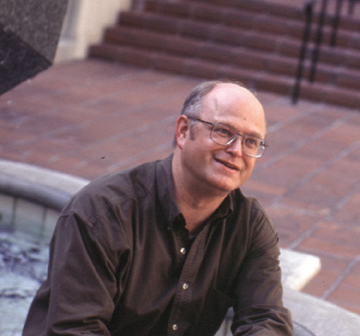|
||
|
Thomas Sterling
Center for Advanced Computing Research California Institute of Technology
Thomas Sterling is a leader in the field of innovative high performance computer architecture. Since receiving his Ph.D from MIT as a Hertz fellow two decades ago, he has conducted extensive research in advanced parallel computer structures and computational models. In 1993, he started the NASA Beowulf Project to harness multiple personal computers (PCs) with the goal of accelerating large technical application programs with order of magnitude improvement in performance to cost. This led to the creation of the Beowulf-class of PC clusters and initiated the emergence of Linux-based commodity clusters, for which he and his colleagues were awarded the Gordon Bell Prize in 1997. His 1998 MIT Press book, How to Build a Beowulf, was a landmark work in cluster computing and sold out its first printing in six weeks. Throughout the decade of the 90’s, Thomas Sterling was a leader in the National Petaflops Initiative, a loose confederation of experts and institutions across the country sponsored by the federal government to investigate concepts and technologies for enabling systems capable of achieving performance in the trans-Petaflops regime. As part of this ground breaking exploration, he chaired multiple inter-disciplinary workshops and co-authored the book “Enabling Technologies for Petaflops Computing”. He also supported the President’s Information Technology Advisory Committee in 1999 and was a member of both the DOD Integrated High End Computing Initiative in 2002 and the multi-agency High End Computing Revitalization Task Force workshop in 2003. From 1996 to 2000 Thomas was the Principal Investigator of the HTMT project involving more than a dozen institutions and 70 contributors to conduct a design study of a potential future Petaflops scale computer incorporating advanced technologies including superconducting logic, optical communications, holographic storage, and processor in memory (PIM) components. Thomas and his team at Caltech and JPL are currently developing a new class of advanced PIM architecture for efficient scalable HEC and he is collaborating with a number of institutions on related research including the University of Notre Dame, Argonne National Laboratory, Sandia National Laboratory, the University of Delaware, and Cray. |
||
